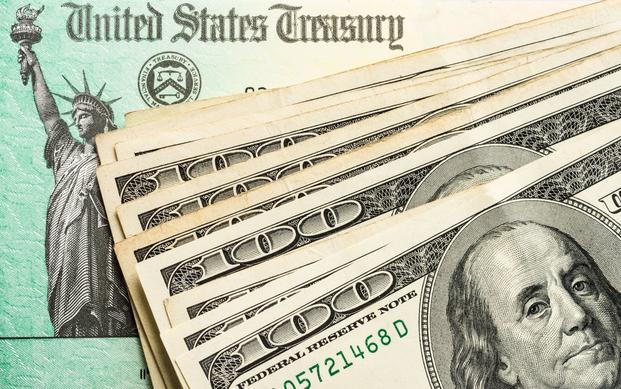
A study published by the Congressional Budget Office found that Vietnam-era veterans earned nearly as much in retirement as their civilian counterparts, with those over the age of 72 actually making more, on average, than civilians of the same age.
According to the Census Bureau, there are nearly 15 million American males between the ages of 63 and 78, of that number approximately 5.5 million are Vietnam-era veterans. The newly published study examined the total personal income of nearly 246,000 males born between 1940 and 1955, using data from the U.S. Census Bureau. Of that number, approximately 178,000 were non-veterans and 68,000 were vets.
The study found little difference between races or those with or without college degrees. Since fewer than 4% of those who served during the Vietnam era were women, only men were included in the study.
The report cited two studies, one conducted in 2008, when most Vietnam-era veterans were still in the workforce, and one from 2018, when most of them had retired.
The studies took into account five sources of regular income:
- Wages and earnings
- Social Security
- Retirement plans
- Investment income
- VA disability payments
When all these sources of income were added together, most Vietnam-era veterans actually earned more than their civilian counterparts in retirement, even though they earned less than civilians while in the workforce.
While employed, the sampled veterans had an average total income of $50,000 in 2008 — 20% less than non-veterans in the same age range, who earned an average of $62,200.
However, in 2018 when most Vietnam-era veterans had reached retirement age, the difference was much less.
In 2018, a 65-year-old veteran earned an average of $56,300, compared to the average civilian income of $66,900. That difference narrowed as age increased; by the time they reached age 71 (the median age for a Vietnam-era veteran), vets had an average total income of $65,600, compared to $65,700 for non-veterans. After that age, veterans had significantly more income than non-veterans in their age group. At 72, veterans earned $5,000 more annually than non-veterans; by age 76, a veteran made an average of $68,600 compared to $56,800 for a non-veteran.
The study also found that veterans in the study group were less likely to remain in the workforce once they reached retirement age. Nearly 10% more non-veterans continue to work after age 65 than veterans do.
Veterans also had less income disparity than non-veterans, meaning that more vets were solidly middle class with fewer of them being either very rich or very poor.
Approximately 15% of veterans were in the lower one-quarter of earners, compared to 22% of non-veterans; 17% of veterans were in the upper one-quarter of earners, compared to 21% of non-veterans.
Another tidbit of information contained in the report said that nearly 3 million of the 9 million veterans receiving VA health care were Vietnam vets. The health care those veterans received cost taxpayers an average of $11,400 annually.
You can see the full report on the Congressional Budget Office’s website.





